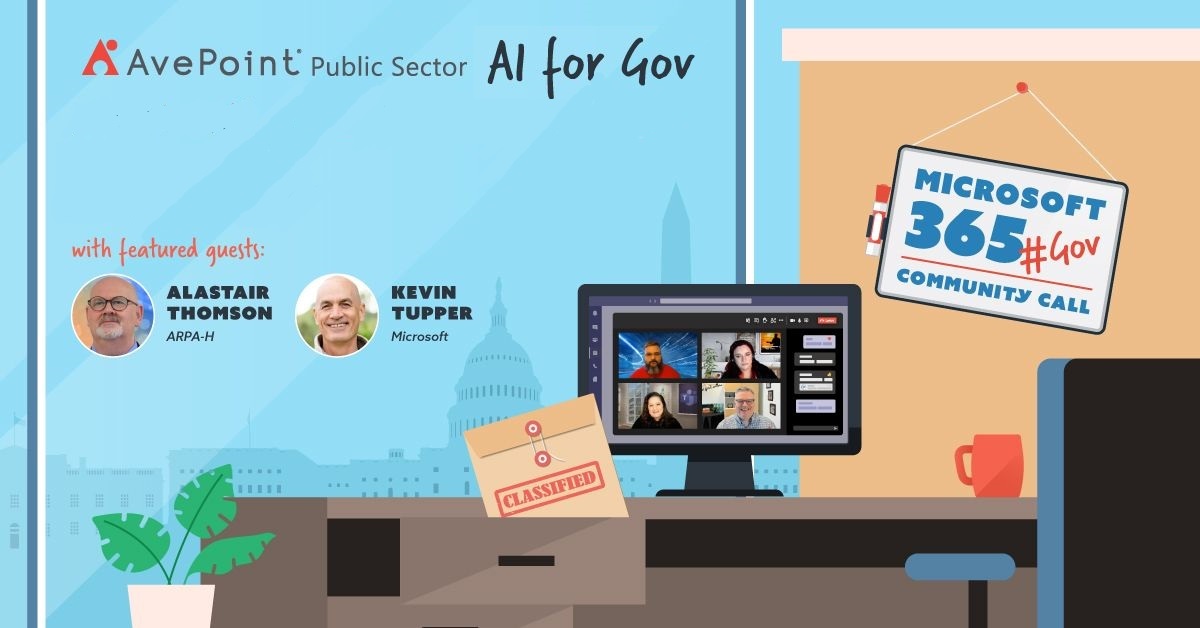Closing the Rural Broadband Gap: Microsoft’s Rural Airband Initiative

The Reality of the Rural Broadband Gap
The saying goes “knowledge is power.” If that’s true, then power is more accessible than ever before. Millions upon millions of people have instant access to virtually limitless troves of information thanks to our old pal the internet.
In the last 15 or so years, we’ve seen internet grow from a lovable (albeit loud and irritating) modem-based institution to a lightning fast, wireless sports car, capable of tremendous download speed and streaming. However, just because everyone you know is probably connected via internet, that doesn’t mean that some folks don’t still struggle to achieve fast, reliable web service.
You can read some more about the work that Microsoft and myself have been doing in this area here and check out Voices for Innovation here.
Sparsely populated rural areas are some of the last people in America to have access to affordable, high performance internet. About 23.4 million Americans in rural communities lack broadband internet access.
It’s a bit of the curse of capitalism at work here. It’s easy to provide a connection to folks in, say, New York City who are geographically proximal and surrounded by about 20 million of their fellow humanity ($$$).
It’s a less rewarding venture to connect folks in rural Pennsylvania who share an area code but may be 15 miles apart. Not only that, but their neighbors are 15 miles from them and so on and so on. Essentially, it doesn’t make fiscal sense for a major ISP to invest in providing high speed internet to just a handful of people spaced far apart.
Microsoft’s Plan
Enter Microsoft’s Rural Airband Initiative. Microsoft has long been a champion for information equality and they really do believe in the cause. Microsoft has committed to three elements on a five-year basis.
- Direct projects with partners: Microsoft will invest in partnerships with telecommunications companies with the goal of bringing broadband connectivity to two million people in rural America by July 4, 2022. Microsoft says they and their partners will have 12 projects up and running in 12 states in the next 12 months.
- Digital skills training for people of all ages: The Rural Airband Initiative will invest in in helping to train people of all ages in rural communities on the latest technology so they can use this new connectivity to improve things like healthcare, agriculture, and business. 3.
- Stimulating investment by others through technology licensing: Microsoft’s ultimate goal is to help serve as a catalyst for market investments by others in order to reach additional communities. Microsoft is launching a new technology program to stimulate investment through royalty-free access to at least 39 patens and sample source code related to technology they’ve developed to better enable broadband connectivity through the use of TV white spaces spectrum in rural areas.
What is Needed from the Public Sector
Microsoft says that they believe that private sector organizations can lead the way when it comes to closing the rural broadband gap, but that there a three specific governmental measures needed.
- Use of spectrum: The FCC needs to ensure the continued use of spectrum needed for this mixed technology model. Specifically, it will be important for the FCC to ensure that at least three channels below 700 MHz – the so-called TV white spaces – are available for use on an unlicensed basis in every market of the country, with additional TV white spaces available in smaller markets and rural areas.
- Infrastructure investments: Additionally, federal and state infrastructure investments should include targeted funds on a matching basis for the capital investments that will best expand coverage into rural areas that currently lack broadband access today. These funds should be made available for use by multiple technologies on the basis of the most cost effective available, including TV White Spaces, fixed wireless, and satellite usage.
- Data collection: Finally, there is a need for improved data collection about rural broadband coverage. The FCC can help by accelerating its work to collect and report publicly on the state of broadband coverage in rural counties, thereby aiding policy makers and the private sector in making targeted investments
It’s high time that our rural brothers and sisters had the same access to the internet as the rest of the population and Microsoft has laid out a very feasible roadmap to get them there. Ideally, this initiative will pave the way for people of all ages in rural areas to whom the vast knowledge contained online was on once unattainable. With more rural areas getting into the fold, those previously unrealized ideas and aspirations should be well within reach.
With over 20 years of business and technology experience, Dux has driven organizational transformations worldwide with his ability to simplify complex ideas and deliver relevant solutions. He serves as the Chief Brand Officer of AvePoint who has authored the LinkedIn Learning course How to Build Your Personal Brand, the book SharePoint for Project Management, as well as numerous whitepapers and articles. As a public speaker, Dux has delivered engaging, interactive presentations to more than 25,000 people at leading industry events around the world. He also hosts the modern workplace podcast #shifthappens that focuses on how leading organizations navigated their business transformation journey. Dux advocates tirelessly for inclusion, using technology for good, and philanthropic initiatives. Connect with him: http://dux.sy



